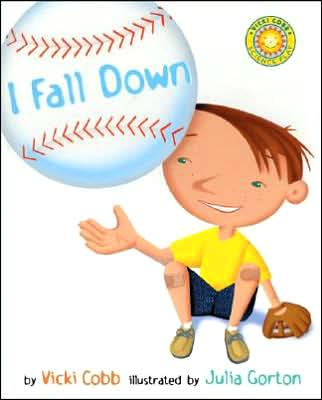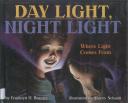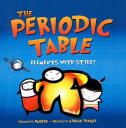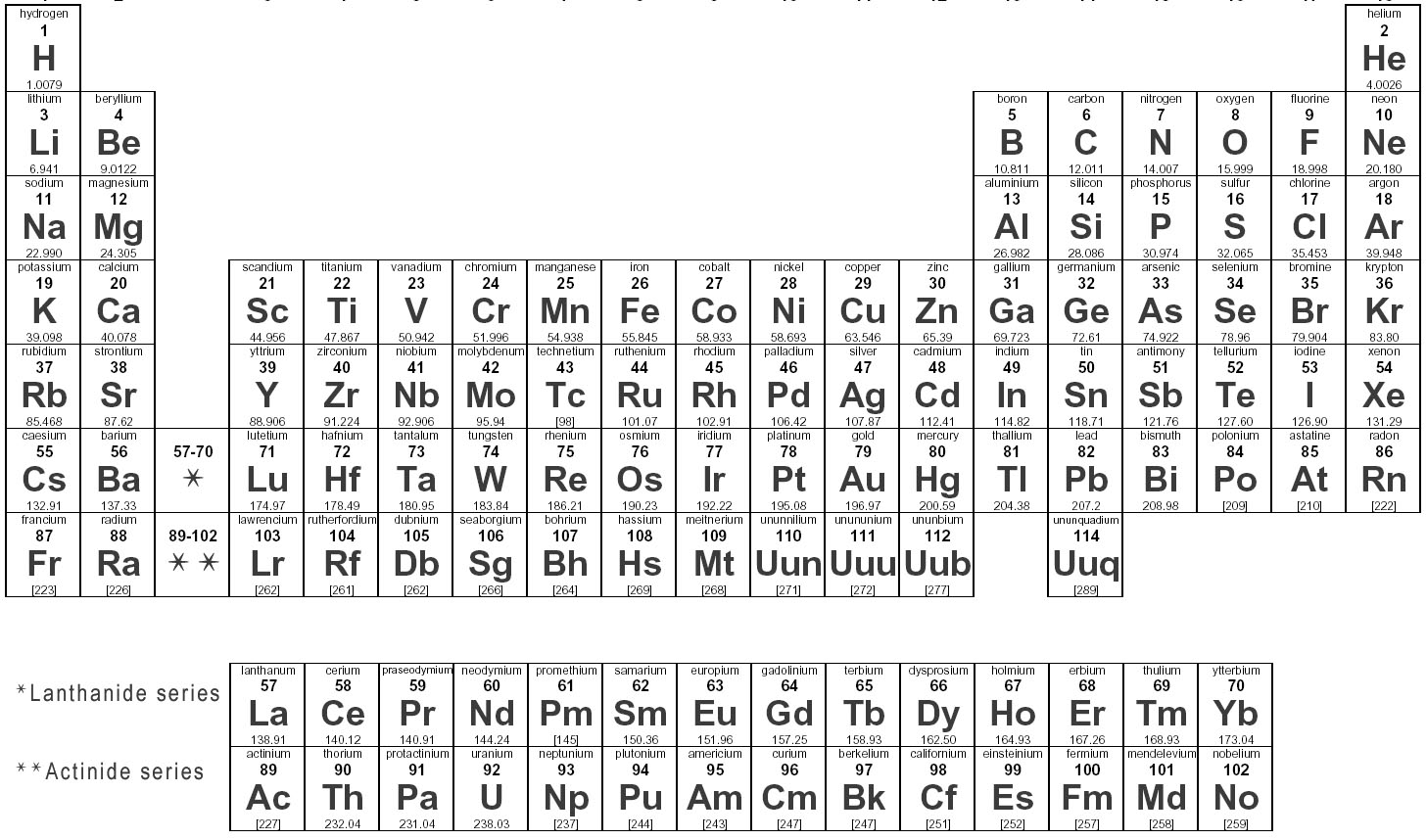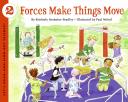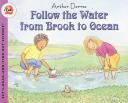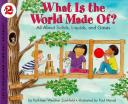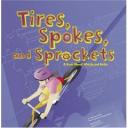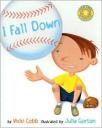I Fall Down, written by Vicki Cobb and illustrated by Julia Gorton, is an interactive picture book that allows students to make important discoveries about the force of gravity. Throughout the book, students are asked to perform various tasks as they read, helping them to retain information both through literature and experimentation.
I Fall Down introduces the concept of gravity by encouraging students to observe what occurs when different objects fall. Where do they go? They always fall down! Whether it is a “spoonfool of molasses” dripping into a jar or a little boy who trips on the playground, all objects fall down. After explaining this phenomenon as being merely the ever-present force of gravity, the book then expands upon the concept of gravity by showing that gravity pulls objects at the same speed. If an apple and a paper clip are dropped at the same time, they both reach the ground at the same time. Scientific concepts that are often unrecognized though strongly affect our everyday lives are explored in this book. Students will more easily retain this information through the experimentation and real life connections that it provides.
Curriculum Connections
This would be a great book for first grade students learning about force and motion. Gravity can be introduced as an example of a naturally occuring force that is everpresent within our daily lives.
Additional Resources
- This powerpoint can serve as a useful introduction to the concepts of force and motion. It introduces basic and essential vocabulary that needs to be understood before expanding upon this topic by introducing heavier topics such as gravity.
- General Pre/Post-Assessment: This allows teachers to assess what students know about gravity before the lesson, as well as what take away from the lesson. The post-assessment asks students to dig deeper from what they have learned and hypothesize what they think the world would look like if gravity did not exist.
- Experiment: Students can work in small groups to complete this activity which asks them to hypothesize which item will hit the ground first if dropped at the same time as another item. Not only does this evoke class discussion about why the results turned out as they did, but it also allows students to practice their writing skills.
- Interactive Website: This is a fun, interactive online activity that creatively explains and illustrates the force of gravity. It is sure to catch and keep the attention of students.
Book: I Fall Down
Author: Vicki Cobb
Illustrator: Julia Gorton
Publisher: HarperCollins
Publication Date: 2004
Pages: 40
Grade Range: 1-3
ISBN: 068817843X

